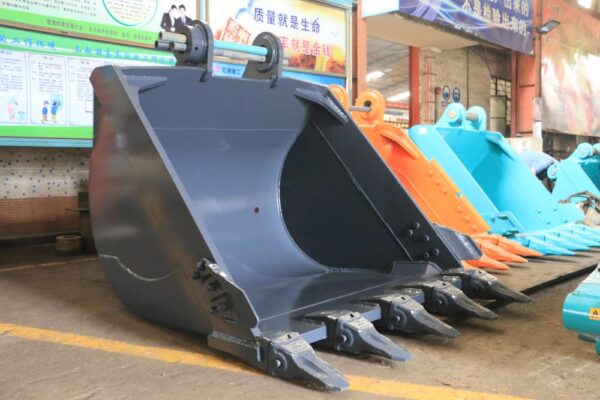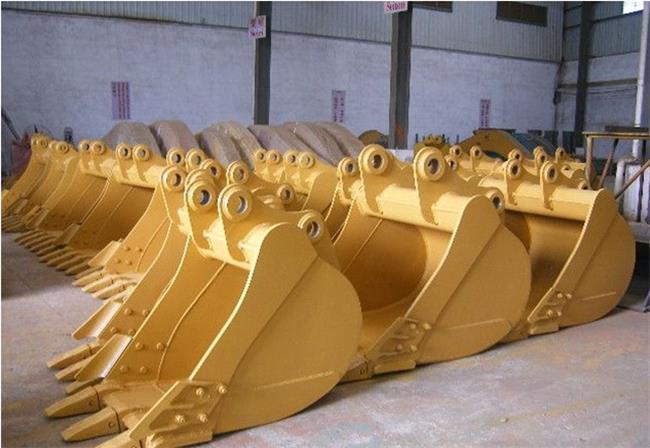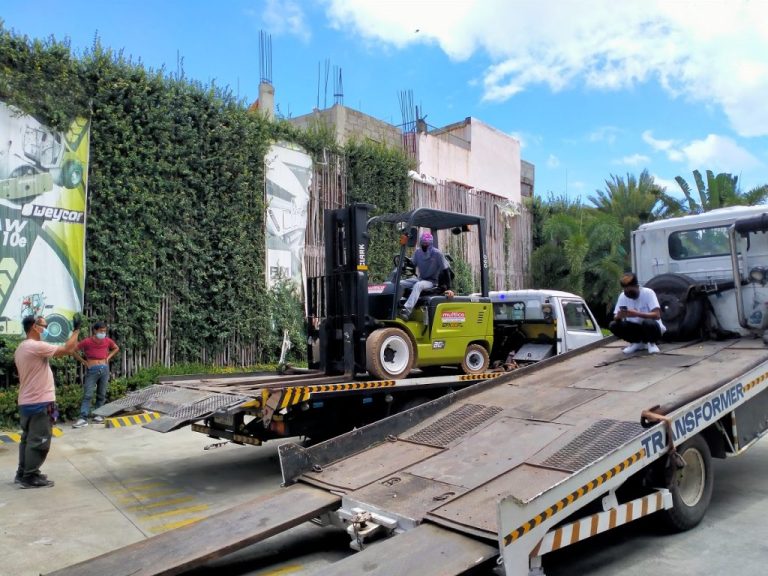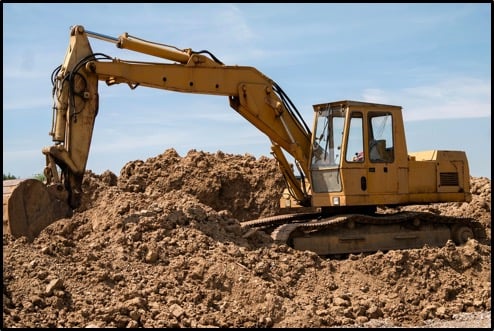How to Measure Excavator Bucket Capacity
The excavator bucket capacity is very critical to the excavator, but how to accurately measure the excavator bucket capacity is a normative problem that troubles many people, and the size of the bucket not only affects the working efficiency of the excavator, but also directly affects the working efficiency of the excavator. Due to the characteristics of excavators, long-term work with an oversized bucket will cause damage to the excavator arm and hydraulic transmission system; while an oversized bucket will not be able to exert the working efficiency of the excavator.
Therefore, each type of excavator generally has a excavator bucket capacity category, which regulates how much capacity the excavator should be equipped with.
Anyone who knows about excavators knows that excavator buckets are divided into two types: front shovel and backhoe, and front shovel and backhoe have different measurement specifications: the more common methods of estimating the excavator bucket capacity are mostly divided into: Volumetric measurement, earthwork engineering measurement.

Excavator bucket capacity volume measurement method: seal the sealing port at the bottom of the excavator bucket, fill it with liquid, and then measure the volume of the liquid.
Earthwork engineering measurement method: The excavator carries out the loading work, accurately measures how many buckets can be filled for transportation measurement, and estimates based on the carrying capacity of the transport vehicle.
However, the above two methods are actually unable to accurately measure the capacity of the bucket, and can only roughly estimate the approximate bucket capacity.

The calculation specification of excavator bucket capacity:
The general excavator model will have a “bucket capacity range”, which specifies how big the excavator should be equipped with.
The buckets of internationally accepted excavators comply with PCSA Standard No. 3 and SAE Standard J-296. Buckets are measured by their flat and stacked capacities:
- Flat pack capacity: The capacity is actually contained within the bucket side panels and front and rear surround panels, and does not consider any material supported or shipped by the spill plate or bucket teeth.
- Stacking capacity: the capacity in the bucket below the leveling plane plus the capacity of the material stacked above the leveling plane, the angle of repose is 1:1, and it does not take into account that any material is contained by the anti-spill plate or shovel The bucket teeth are supported or shipped.
The European Commission for Engineering Equipment (CECE) stipulates that the angle of repose of the material above the flat plane shall be calculated as 2:1 when determining the stowage payload of the bucket.


